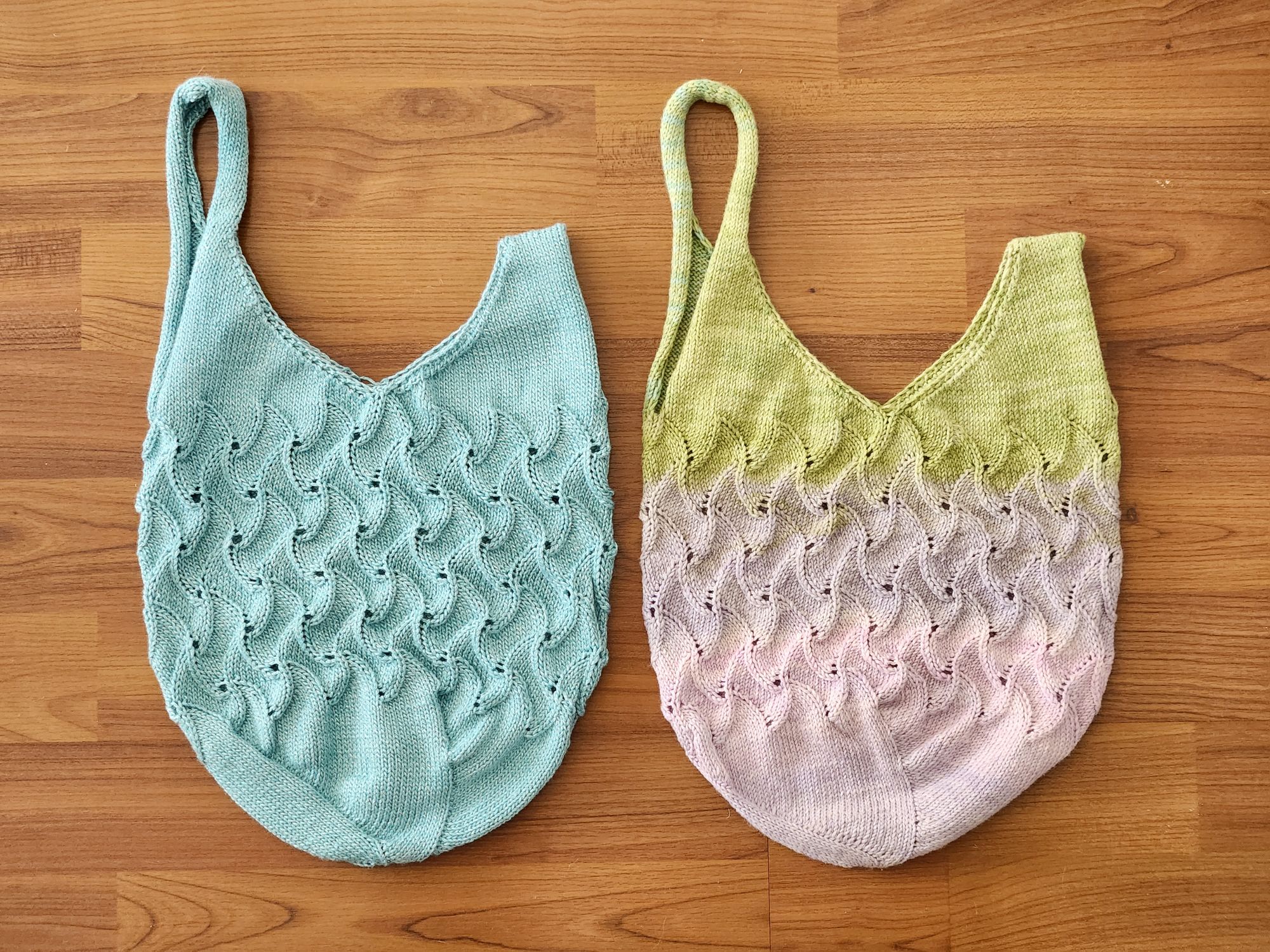Yarn Substitution Guide

What is the formula to substituting one yarn for another in knitting? It's a question I've been asked more than once over the years and I have some bad news. There is no magic yarn substitution formula. However, that doesn't mean you can only use the recommended yarn to successfully knit a pattern. It just means you're going to have to do some project planning before you cast on.
The Easiest Way to Choose a Yarn Substitution
There's no magic formula for choosing an appropriate yarn when you're deviating from a pattern, but there are three characteristics you can compare to make an educated choice.
- yarn weight (i.e. lace, fingering, sport, dk, worsted, etc.)
- fiber content
- mass to length ratio
If the recommended pattern yarn and your potential substitution yarn are close matches in all three categories, chances are you'll be able to use your substitute yarn without making major pattern adjustments.
A helpful resource for finding reasonable yarn substitutions is yarnsub.com. The site has a vast catalog of yarns, compares the three categories above and gives you information, like ply, that may not appear on your yarn label. It also allows you to filter potential yarn candidates by fiber and price.
Swatching Really Matters
If you don't want any unfortunate surprises when your project is finished, swatching is an important part of the process. This is true with any knit project, but it's especially true when auditioning a yarn substitute.
After you knit your swatch and block it, look at the sample and ask yourself the hard questions.
- Do you like the fabric for its intended purpose? Does the fabric have the desired hand (or tactile qualities)?
- Does your gauge match the recommended gauge?
- If your gauge is not an exact match, are you able to make adjustments to create a finished project with the desired dimensions?
- Do you have an adequate amount of yarn to create your project?
Case Study in Yarn Substitution
I recently discovered about a skein and a half of leftover HiKoo Popcycle in my yarn stash. It's a very slick, sturdy yarn and I like the idea of a yarn made from recycled bottles becoming a project bag.
Pattern: The Knit Knot Bag

Recommended Yarn: Schoppel Zauberball Cotton
- fingering weight
- 100% Cotton
- 420 m/100 g
Potential Substitute Yarn: HiKoo Popcycle
- sport weight
- 50% polyester from recycled bottles, 50% bamboo
- 280 m/100 g
Of course, I didn't do things the easy way. My potential yarn substitute failed all three of the initial comparisons. It is not the same weight or fiber content as the recommended yarn and the length to mass ratio is significantly lower.
Before giving up on the yarn, I swatched and made some interesting discoveries.
- Do you like the fabric for its intended purpose? Does the fabric have the desired hand (or tactile qualities)?
Yes. The fabric is thicker than the original bag, but I like the way the stitch pattern pops out and I think the thickness of the fabric will help keep my knitting needles from poking out of the bag.
- Does your gauge match the recommended gauge?
Surprisingly, yes. Even though the yarns are very different, I was able to match both the stitch and round gauge with the recommended needle size.
- Do you have an adequate amount of yarn to create your project?
Yes. The original bag used 61 g, or about 260 yds of yarn. Because the substitute yarn is thicker and has a lower length to mass ratio (there are less yds/g), I'm going to need more yarn than the pattern calls for. With a skein and a half in my stash I should be good.
So I cast on with the HiKoo Popcycle feeling confident that I would be able to knit a similarly sized Knit Knot Bag.

Results: The bag knit with my substitute yarn is the same size as the bag knit with the recommended yarn. However, the blue HiKoo Popcycle bag is heavier (104 g vs. 61 g) and it uses more yarn (320 yds vs. 260 yd) than the Schoppel Zauberball Cotton bag. For something like a small project bag it's not a big deal that my finished product is almost 1.75 times heavier than recommended.

If I had been knitting something like a sweater, my substitution choice may not have worked so well. Not only would it feel awkward to be wearing a garment that has significantly more weight, the added weight could also make the fabric hang in an unflattering way.


There's more to explore in the Learning Library!
